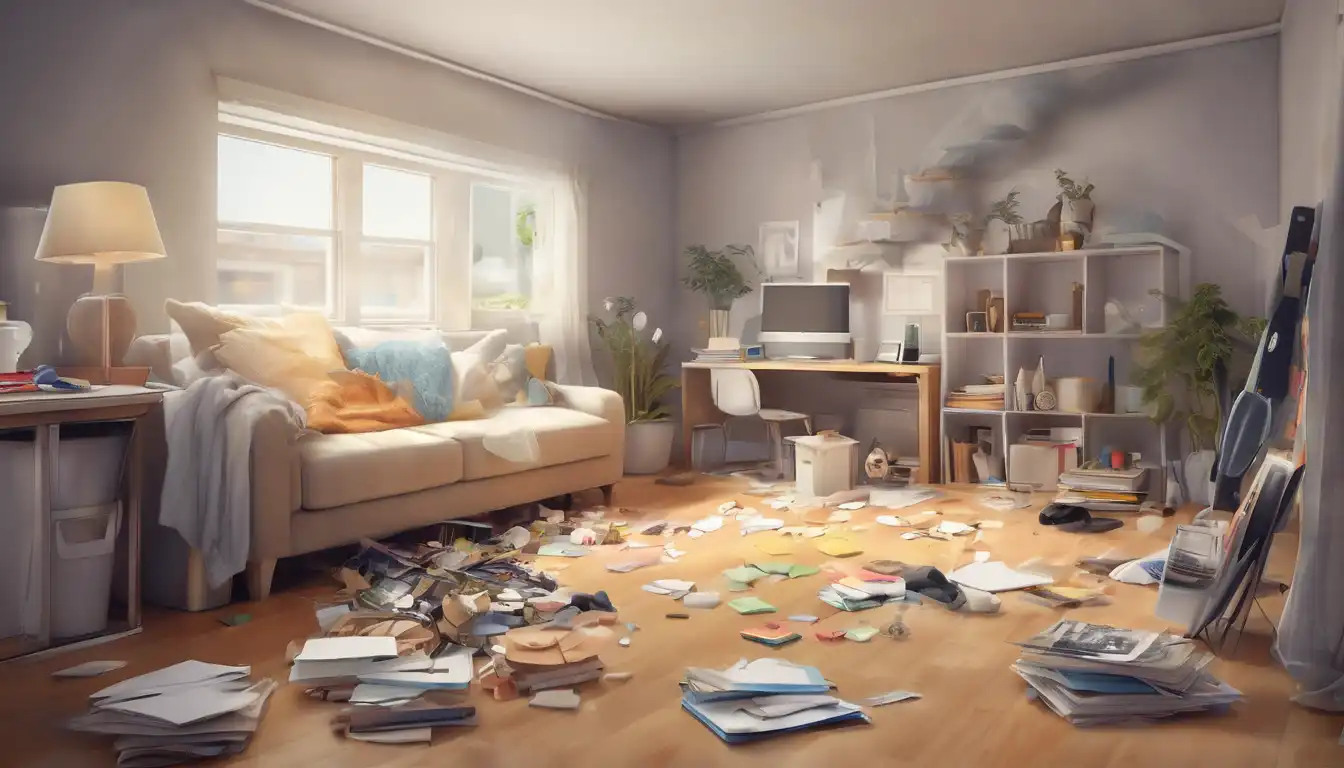Transform Your Space: The Ultimate Guide to Quick Decluttering
Does your home feel overwhelming with clutter? You're not alone. Many people struggle with accumulated possessions that make their living spaces feel chaotic and stressful. The good news is that decluttering doesn't have to be a months-long project. With the right approach, you can transform your home quickly and efficiently.
Decluttering offers numerous benefits beyond just a cleaner space. Studies show that organized environments reduce stress, improve focus, and even boost productivity. Whether you're preparing for a move, hosting guests, or simply wanting to enjoy your home more, these easy steps will help you achieve remarkable results.
Prepare for Success: Setting Up Your Decluttering Session
Before diving in, proper preparation ensures your decluttering session goes smoothly. Start by gathering essential supplies: sturdy boxes or bins for sorting, trash bags, cleaning supplies, and labels. Choose a specific area to tackle first – perhaps a closet, kitchen counter, or home office space.
Set a realistic time frame. Even 15-30 minutes can make a significant difference if focused. Consider using a timer to maintain momentum. Most importantly, adopt the right mindset: perfection isn't the goal; progress is. Every item you remove creates space and clarity.
The Four-Box Method: Your Decluttering Foundation
This proven system simplifies decision-making. Create four categories:
- Keep: Items you use regularly and love
- Donate/Sell: Things in good condition that no longer serve you
- Trash/Recycle: Broken, expired, or unusable items
- Relocate: Belongings that belong in another room
As you handle each item, make quick decisions. If you hesitate for more than 10 seconds, it probably doesn't need to stay. This method prevents the common pitfall of creating "maybe" piles that never get addressed.
Room-by-Room Decluttering Strategies
Kitchen Quick Fix
Start with expired food and duplicate utensils. Open every cabinet and drawer, removing items you haven't used in six months. Consider implementing our kitchen organization system for lasting results. Countertops should only contain frequently used appliances – store the rest.
Closet Revolution
Use the reverse hanger trick: hang all clothes with hangers backward. After wearing an item, return it with the hanger facing normally. In three months, you'll clearly see what you actually wear. Donate anything still backward. This method takes the emotion out of clothing decisions.
Paperwork Purge
Paper clutter accumulates quickly. Sort into: shred (sensitive documents), recycle (junk mail), and file (important papers). Implement a document management system to prevent future buildup. Go digital when possible to reduce physical paperwork.
Overcoming Common Decluttering Challenges
Many people struggle with sentimental items or "what if I need it later" thinking. For sentimental objects, take photos instead of keeping the physical item. For practical concerns, set a rule: if you can replace it for under $20 in less than 20 minutes, let it go.
Another effective strategy is the one-in-one-out rule. Whenever you bring something new into your home, remove something else. This maintains balance and prevents re-cluttering. For seasonal items, use our seasonal storage guide to rotate possessions efficiently.
Maintaining Your Decluttered Space
Decluttering is only half the battle – maintaining organization requires consistent habits. Implement daily 5-minute tidy sessions where everyone in the household participates. Designate specific homes for frequently used items so they're easy to put away.
Regular mini-decluttering sessions prevent major buildup. Schedule 15-minute sessions weekly to address new clutter before it becomes overwhelming. The key is developing systems that work for your lifestyle rather than fighting against it.
Digital Decluttering: Don't Forget Your Virtual Space
While focusing on physical spaces, consider your digital environment too. Unsubscribe from unwanted emails, delete unused apps, and organize digital files. A clean digital space complements your physical decluttering efforts and reduces mental clutter.
When to Seek Professional Help
If you feel overwhelmed or have special circumstances (like moving or downsizing), professional organizers can provide valuable guidance. They offer objective perspectives and proven systems tailored to your needs. Sometimes, an outside expert can help breakthrough emotional attachments to possessions.
The Psychological Benefits of Decluttering
Beyond the physical space improvements, decluttering offers significant mental health benefits. Reduced visual noise decreases anxiety, while the act of decision-making builds confidence. Many people report better sleep, improved relationships, and increased creativity after decluttering their homes.
The process of letting go of possessions often parallels emotional release, creating space for new opportunities and experiences. Each item you remove represents one less thing demanding your attention and energy.
Getting Started Today
The most important step is beginning. Choose one small area – a single drawer, shelf, or countertop – and apply these principles. Experience the satisfaction of creating order, then let that momentum carry you to the next space.
Remember that decluttering is a process, not a one-time event. Regular maintenance prevents overwhelming buildup. Celebrate small victories along the way, and don't be discouraged by temporary setbacks. Every item you remove brings you closer to the peaceful, functional home you deserve.
For ongoing support and additional tips, explore our home organization resources and join our community of people creating spaces they love. Your decluttered home awaits – start today and discover the freedom of living with less.
